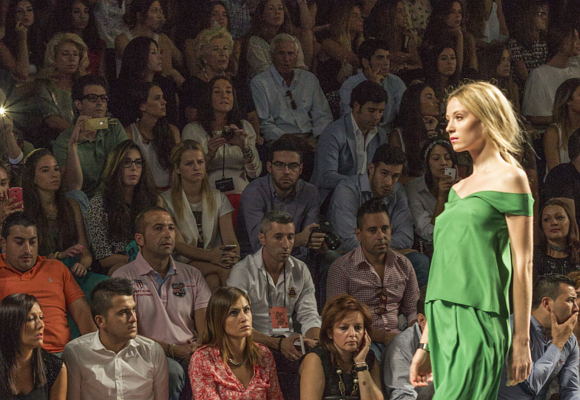The fashion power
When we talk about fashion and communication, necessarily we are speaking of the influence.
Fashion communication, active mechanisms of influence, whose effects are imitation and prescription. In addition to the ‘Laws of Imitation’ proposed by Gabriel Tarde (1904/2012) I have just located the ‘Laws of Simplicity’ defined by John Maeda (2006), they help to understand the influence of fashion. From my point of view, the first, fourth, seventh, eighth and tenth ‘Laws of Simplicity’ provides an explanation of the power of fashion influence.

- The first Law of Simplicity Maeda (2006) says that the easiest way to reach it is by cutting. The influence through fashion goes from person to person, largely eliminates the intermediaries in the transmission of the message. The influencer (model, blogger, anonymous, message) to influence (consumer/user).
- The fourth law is defined as learning, according to its author, knowledge simplifies everything. Fashion proposes, suggests changes and modifications that everyone wants to know and implement as soon as possible.
- The seventh Law says Simplicity is more preferable that there be fewer emotions. When emotions are placed above all, do not be afraid to trim. Fashion is all about emotion leading to ornament and ornaments that cause emotions.

- The eighth says that trust is everything, who knows fashion inspires confidence because it transmits knowledge.
- The tenth law states that simplicity Simplicity is to subtract the obvious and add the specific. Each fashion proposal replaces the previous one, remaining essentially and proposing new knowledge.

Making fashion is influencing the lifestyle. In addition, fashion enjoys a status quo that allows it to issue its own rules, change them as easily and more quickly than digital systems replace passwords. The current market makes the fashion rules are made to the industry, publishers, designers, all funded by the architects of the changes (Fury, 2016) corporations. The same people who, as defined by Marcos Mosteiro, prevent market competition.

What dress do you like to wear? How would you like to take? In all parts of the world people make daily decisions about what gets and how. Some people are luckier than others when making these decisions. I very much agree with the authors of ‘The Visible Self’, when they say the word «dress» emphasizes a wide variety of events related to clothing (Eicher, Lee Evenson, & Lutz, 2008).

The influence tastes in consumption varies even geographical address the benefits. For example, the decreased consumption of acrylic on the European market has shifted to Africa; like luxury, since Asia is no longer the goose that lays golden eggs.

And how not to mention the power of personal influence! which for a time it has been sold by their burden of sincerity, innocence and naivete. At the end of the day, the bloggers are consumers and users like us, victims of the same advertising campaigns, those who do believe that freely choose what we propose. Proof of this is that the blogger phenomenon has led to the phenomenon influencer (individual ability to exercise an imitator and prescribers effect on others).
We will continue thinking …
References:
Eicher, J. B., Lee Evenson, S., & Lutz, H. A. (2008). The Visible Self. Global Perspectives on dress, culture and society (Third edition). New York: Fairchild Publications, INC.
Fury, A. (2016). These Two Guys Are Changing How We Think About Fashion -. The New York Times Magazine, 40-48.
Maeda, J. (2006). Las leyes de la simplicidad. Barcelona: editorial Gedisa S.A.
Tarde, G. (1904/2012). Las leyes de la imitación y la sociología. (A. García, Trad.). Madrid: Centro de Investigaciones Sociológicas.
